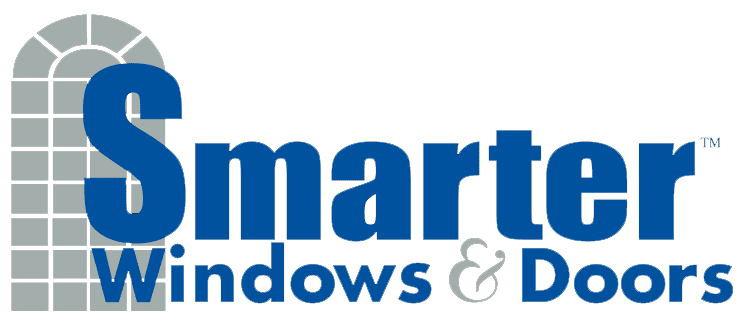When SimplicityPlus is launched via terminal server, there are some differences in the way the program works:
- First, the program will not update itself when a client logs in. This is because there could be other users running at the same time, and the updating processes would need exclusive access to the application’s files to update them appropriately. Because of this, the process of updating the server’s installation must be done server-side, and it should be done when nobody is logged in via terminal server. The typical recommendation is to setup a Scheduled Task to run at some point at night.
- Second, each user logged in via terminal server results in the creation of some database files somewhere on the server which contain the data specific to each client logging in. If multiple users were using the same database files, weird things could happen. You can control the location of these files with some configuration (discussed later on).
Setting up the server to update the application:
On the server, get to the Control Panel, go to Administrative Tools, and open Scheduled Tasks (A.K.A. Task Scheduler). You want the scheduled task to target Autoloader.exe which is in the SimplicityPlus directory. We would suggest running it sometime at night. You’ll have to provide Windows credentials with which to run the task. You should run this as an administrator (or any user which has full permissions to the files within SimplicityPlus). When you are done creating the task, you should go to its properties and edit the line which shows the target. You will have to add some arguments / parameters. You need to change it from something like:
“C:\Kas~Kel\SimplicityPlus\Autoloader.exe”to something like:
“C:\Kas~Kel\SimplicityPlus\Autoloader.exe” username password None 1 --scheduledtaskThe “username” and “password” should be SimplicityPlus credentials which will be used when it logs into the server for updates. There should be exactly one space between each item in that list of arguments. Capitalization is important on the last few items. “None” really does need a capital ‘N’.
Setting up the configuration file to control the user database creation location and auto-logoff-for-update settings:
There is a way to setup the program to auto-log-off connected users before the server runs its updates and to control the location for user database files. You need to do some configuration file setup on the server-side to accomplish this. The file is named TerminalServerPaths.xml. You can find an example file here. The settings in this file will not work as is and need to be changed to appropriate values.
- TSDatabasePath: This is the server’s path in which to store the database files which are generated for each user logged in remotely. Do not place this directory anywhere within the SimplicityPlus folder.
- portfilespath: Simplicity will not allow the users to initiate the auto-update stuff during login, so the updates must be scheduled to run on the server. Simplicity can warn and auto-logout the clients when the time comes to run the updates on the server. This setting is a path in which files will be stored to allow the server to warn the clients of the impending auto-logoff.
- forcetsshutdown: This setting controls whether or not the server automatically logs off the clients when the updates are to be run. This should be either “true” or “false”.
- minutesfromwarningtoshutdown: This numeric value is the number of minutes granted to logged-in clients to heed the auto-logoff warning before the auto-logoff actually occurs.
- emailto: If something goes wrong on the server during the update process, this is the e-mail address to which to send error notifications / descriptions.
- emailfrom: Error e-mails will appear to be sent from this address.
- emailserver: This is the SMTP server to use while sending the e-mail.
Fill out the appropriate values. You will then need to put a copy of this XML file in the following six locations:
1. SimplicityPlus
2. SimplicityPlus\Configurators\LP\LP1
3. SimplicityPlus\Configurators\ML\ML1
4. SimplicityPlus\Configurators\NP\NP1
5. SimplicityPlus\Configurators\PP\PP1
6. SimplicityPlus\Configurators\PT\PT1


